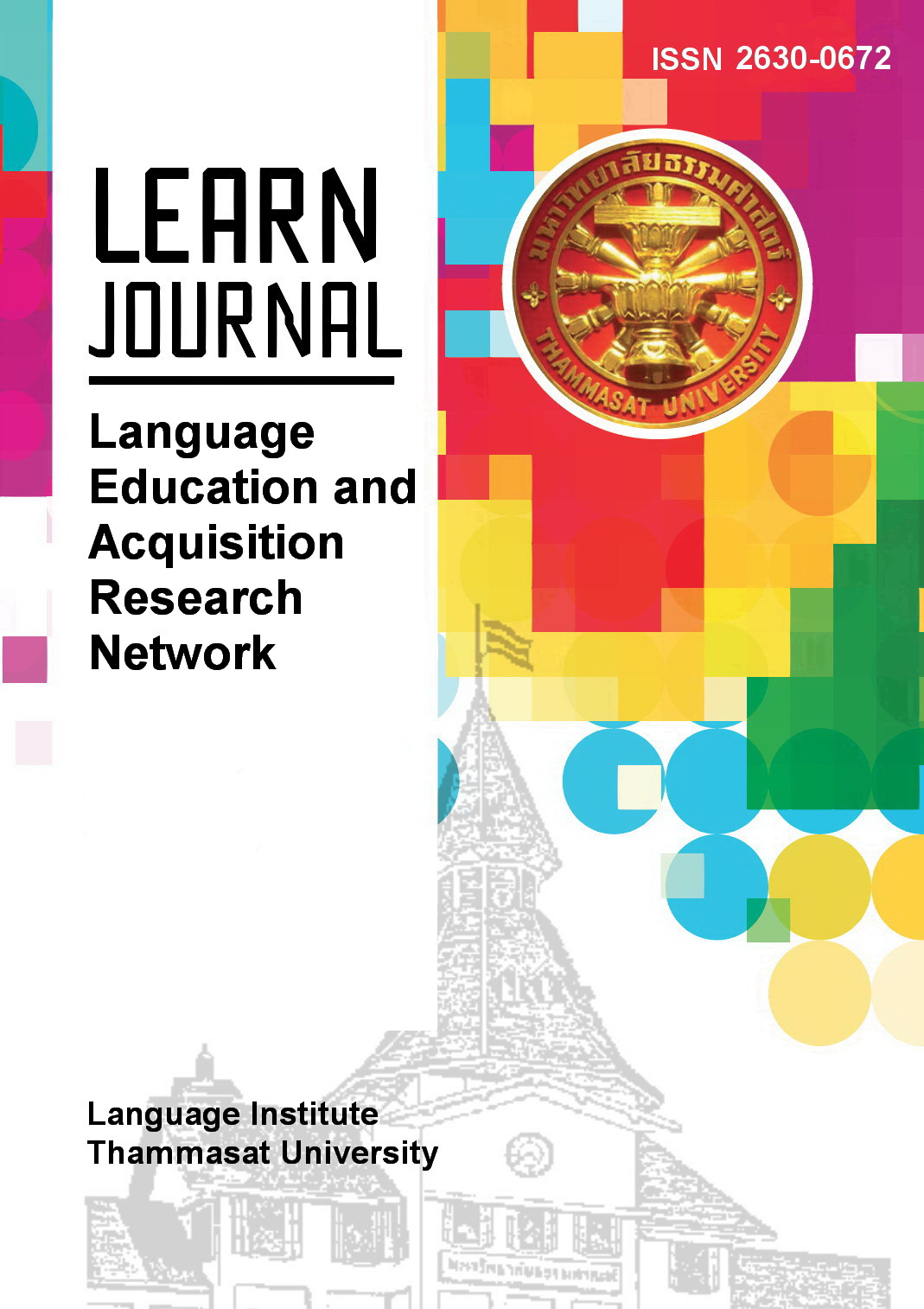Directionality Effects on Accuracy in English-Thai Consecutive Interpreting of Quantity Numbers
Main Article Content
Abstract
It has long been debated whether interpretation should be performed only from a foreign language to the mother tongue or whether it should be performed from the mother tongue to a foreign language. Those in favor of the foreign to native language direction posit that such directionality allows the interpreter to produce more natural target language renditions while those in support of the native to foreign language direction claim that such directionality is more conducive to the interpreter developing a clear understanding of the source message. The interpreting of quantity numbers (sums) requires both accurate rendition in the target language and thorough comprehension of the source message. Building upon the directionality debate, a mixed method research was conducted on beginner level interpreting students to investigate directionality effects on the accuracy of English-Thai consecutive interpretation of quantity numbers. Findings showed that although the subjects scored slightly better in the Thai to English language direction, it is yet inconclusive if this was due to directionality. However, it was found that some characteristics of the English and Thai language quantity systems compounded with directionality both contributed to and deterred quality in interpretation at the same time.


